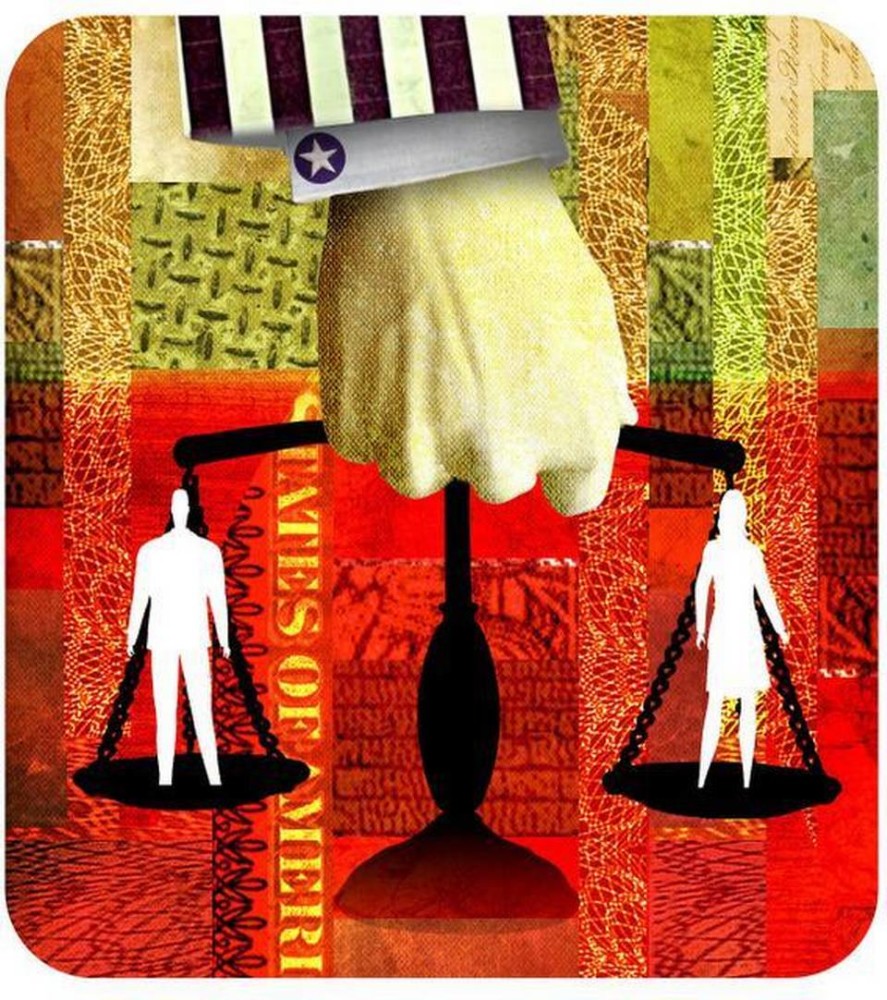EDITORIAL
Chicago Tribune
WWR Article Summary (tl;dr) How many female CEOs would you guess are at the helm of Fortune 500 companies? At last count there were 32, including Ilene Gordon who is retiring from Ingredion and Irene Rosenfeld CEO of Mondelez who will also be leaving. That means just 6 percent of the nation’s highest-profile CEOs are women.
Chicago Tribune
Ilene Gordon announced her retirement Monday as one of the most important Chicago-area CEOs you’ve never heard of: Her west suburban company, Ingredion, makes ingredients for other food companies, so if you like your pop to taste sweet or your baked tortilla chips to be crunchy, you can thank her.
That’s one reason to take note of Gordon’s departure. The other reason is that she is a valuable role model, one of the few female leaders at the nation’s 500 largest companies.
Gordon will be succeeded by Jim Zallie, thus reducing the ranks of female CEOs at Fortune 500 companies.
This repeats the circumstances at another big food company, Deerfield-based Mondelez International, the maker of Oreo cookies and Ritz crackers.
At Mondelez, CEO Irene Rosenfeld also will be succeeded by a man, Dirk Van de Put.
How many female CEOs would you guess are at the helm of Fortune 500 companies? At last count there were 32, including Gordon and Rosenfeld. That means just 6 percent of the nation’s highest-profile CEOs are women.
That’s shockingly low representation, more so because Fortune said in June that 32 women in the top spots was a record high for the list. There were 21 female CEOs at Fortune 500 companies in 2016.
Women make up almost half the overall workforce. They do well in the white collar world, as long as it’s fields such as human resources (74 percent of positions) and marketing and sales management (46 percent).
The numbers begin to drop off after that, according to the U.S. Department of Labor: 27 percent of CEOs are women and 26 percent of computer and information systems managers are women.
One could look at the trends, including the jump from 21 female Fortune 500 CEOs, and surmise that the current generation of women in business is poised to reach the top spots in much greater numbers.
If 27 percent of all CEOs are women, why not 27 percent of Fortune 500 CEOS? Why not 50 percent — and soon? Then again, women have been poised to break through for years, and still they face workplace obstacles rooted in sexism and discrimination.
One recent example was the scandal at Uber, where CEO Travis Kalanick lost his job for overseeing a toxic work environment in which a female engineer was propositioned on her first day of a new assignment, and got the cold shoulder from H.R.
Uber reportedly sought a female leader to replace Kalanick, and interviewed Meg Whitman of Hewlett Packard Enterprise, but ultimately it hired a man, Dara Khosrowshahi of Expedia.
The hiring search generated the classic headline “Uber’s search for a female CEO has been narrowed down to 3 men.”
Snarky, and possibly accurate, but it’s also possible Khosrowshahi was the right person for the job at Uber.
The expectation that more women should be running the biggest companies is rooted in the basic idea of equality: Men and women both bring talents to the workforce and should have equal chances to lead their organizations.
The need is to create a level playing field for all candidates, not obsess over each company’s hiring decisions.
Which brings us back to Ilene Gordon, who transformed Ingredion by diversifying the company beyond its roots as a maker of high-fructose corn syrup to focus on ingredients that help improve the texture of foods. She built Ingredion’s fortunes. She was the right person for the job, the way Zallie may be the right person to succeed her.
Gordon said in a 2013 Wall Street Journal interview that she hired for her management team based on ability.
But she also insisted on seeing a diverse slate of candidates for each position. That diversity “might be cultural, it could be gender. But if you don’t have them on the slate of possible candidates, you’re never going to get there.”
She expanded on that view Monday in a Tribune interview: “I’m a big believer in building the pipeline and we will get there. You will see more women as leaders of Fortune 500 companies,” she predicted.
Gordon is a role model, as is Rosenfeld. We hope to see many women follow their paths.














































































































































































































































































































































































